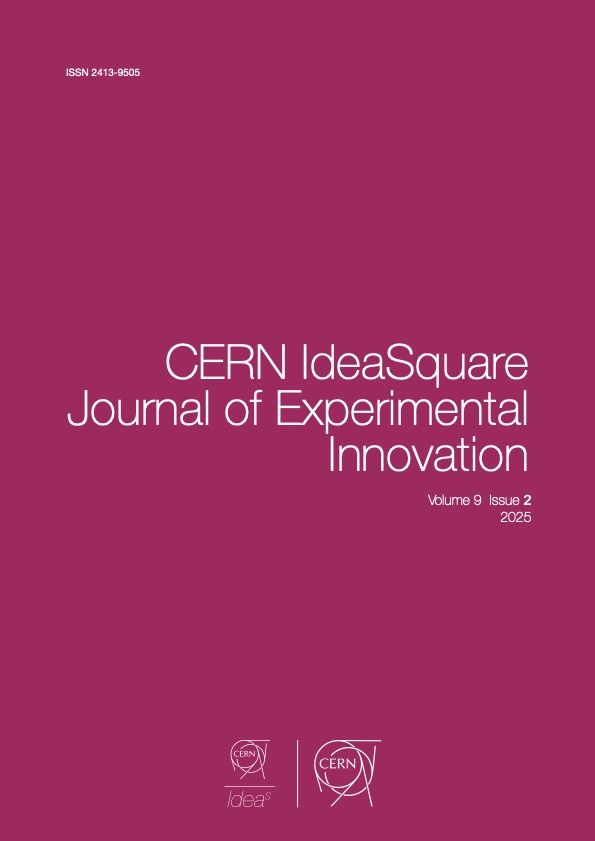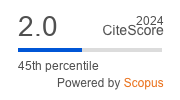The Effect of First and Second Language Use on Divergent Thinking in Problem Solving
DOI:
https://doi.org/10.23726/cij.2025.1752Keywords:
divergent thinking, Language, CreativityAbstract
This study aims to explore the relationship of the language used when solving a problem, and the creative ability to find a solution for it. For this, participants completed a task in their first language, and a similar task in their second language and the results were evaluated on fluency, flexibility and originality. The findings suggest that the use of second language can be a disadvantage if the speaker does not use it fluently, while it can be an advantage for frequent users since it provides a separation from first language associations and conditionings.
References
Boroditsky, L. (2001). Does language shape thought? Cognition, 79(1), 1–33. https://doi.org/10.1016/S0010-0277(00)00152-1
CERN. (nd.). Our people. https://home.cern/about/who-we-are/our-people
Deng, L., Wang, L., & Zhao, Y. (2016). How Creativity Was Affected by Environmental Factors and Individual Characteristics: A Cross-cultural Comparison Perspective. Creativity Research Journal, 28(3), 357–366. https://doi.org/10.1080/10400419.2016.1195615
Deutscher, G. (2010). Through the language glass: Why the world looks different in other languages. Metropolitan Books.
Ivaz, L., Costa, A., & Duñabeitia, J. A. (2016). The emotional impact of being myself: Emotions and foreign-language processing. Journal of Experimental Psychology: Learning, Memory, and Cognition, 42(3), 489–496. https://doi.org/10.1037/xlm0000179
Reiter-Palmon, R. (2019). Scoring divergent thinking tests: A review and systematic analysis. University of Nebraska at Omaha. https://digitalcommons.unomaha.edu/psychfacpub/1253
Runco, M. A., & Acar, S. (2012). Divergent thinking as an indicator of creative potential. Creativity Research Journal, 24(1), 66–75. https://doi.org/10.1080/10400419.2012.652929
Sapir, E. (1929). The status of linguistics as a science. Language, 5(4), 207–214. https://doi.org/10.2307/409588
Tang, C., Huang, D., & Cheung, A. K. F. (2025). Cognitive constraints in bilingual processing—an entropy-based discrimination between translation and second language production. Frontiers in Psychology, 16, Article 1503147. https://doi.org/10.3389/fpsyg.2025.1503147
Whorf, B. L. (1956). Language, thought, and reality: Selected writings (J. B. Carroll, Ed.). MIT Press.
Downloads
Published
How to Cite
License
Copyright (c) 2025 Sofia Calvo, Jop Goekoop

This work is licensed under a Creative Commons Attribution 4.0 International License.
Authors who publish with this journal agree to the following terms:
- Authors retain copyright and grant the journal right of first publication with the work simultaneously licensed under a Creative Commons Attribution License that allows others to share the work with an acknowledgement of the work's authorship and initial publication in this journal.
- Authors are able to enter into separate, additional contractual arrangements for the non-exclusive distribution of the journal's published version of the work (e.g., post it to an institutional repository or publish it in a book), with an acknowledgement of its initial publication in this journal.
- Authors are permitted and encouraged to post their work online (e.g., in institutional repositories or on their website) prior to and during the submission process, as it can lead to productive exchanges, as well as earlier and greater citation of published work (See The Effect of Open Access).


